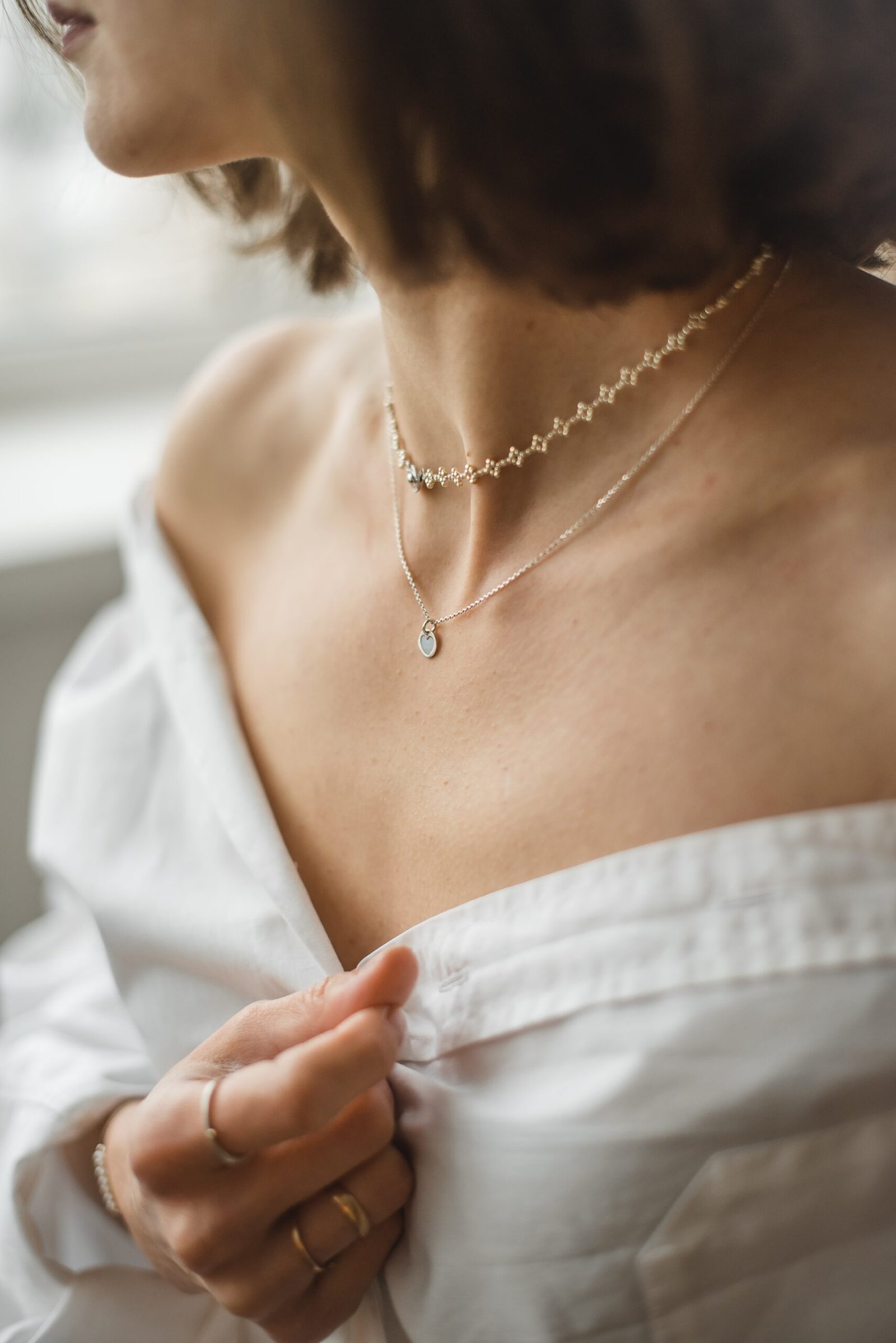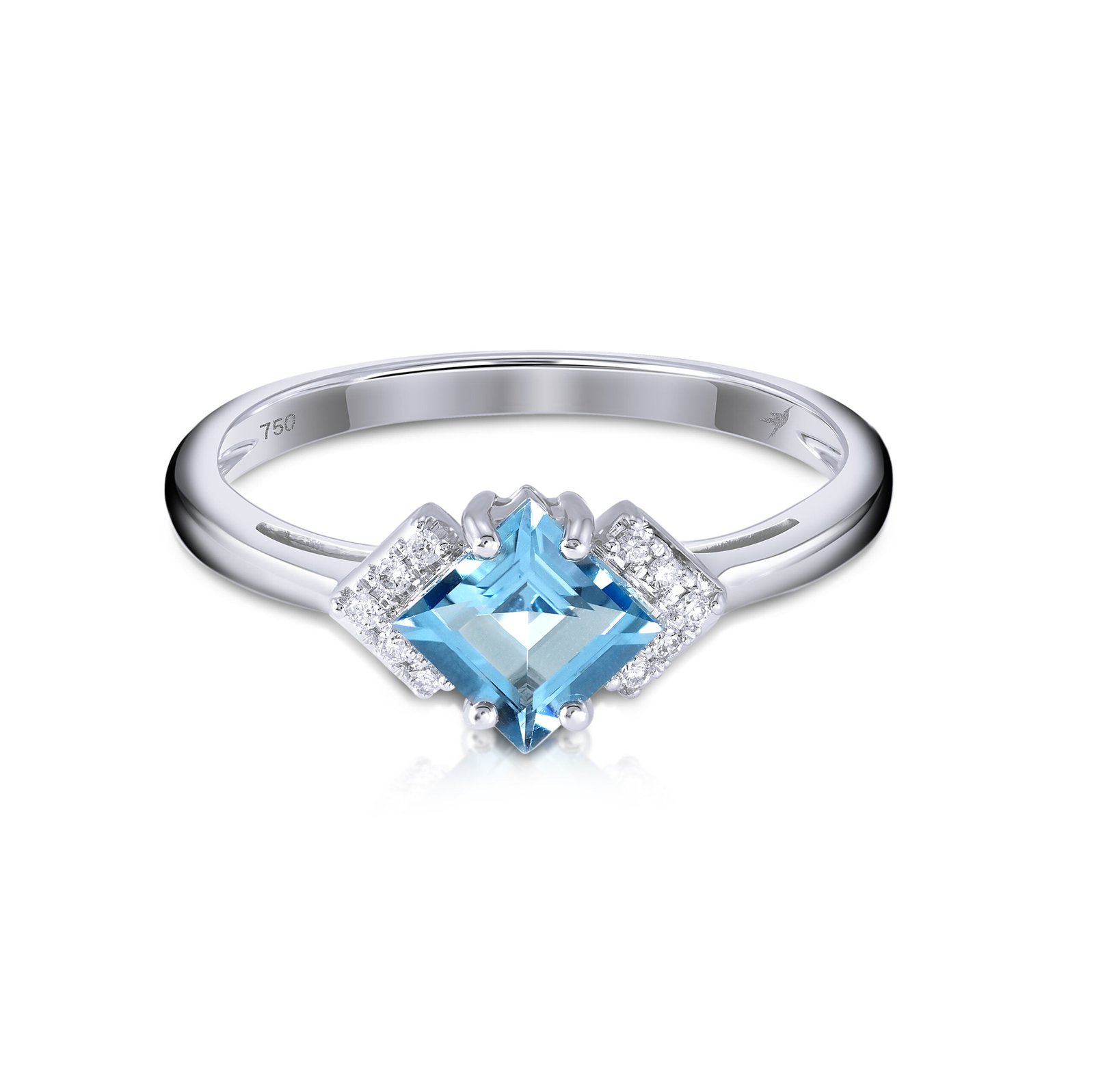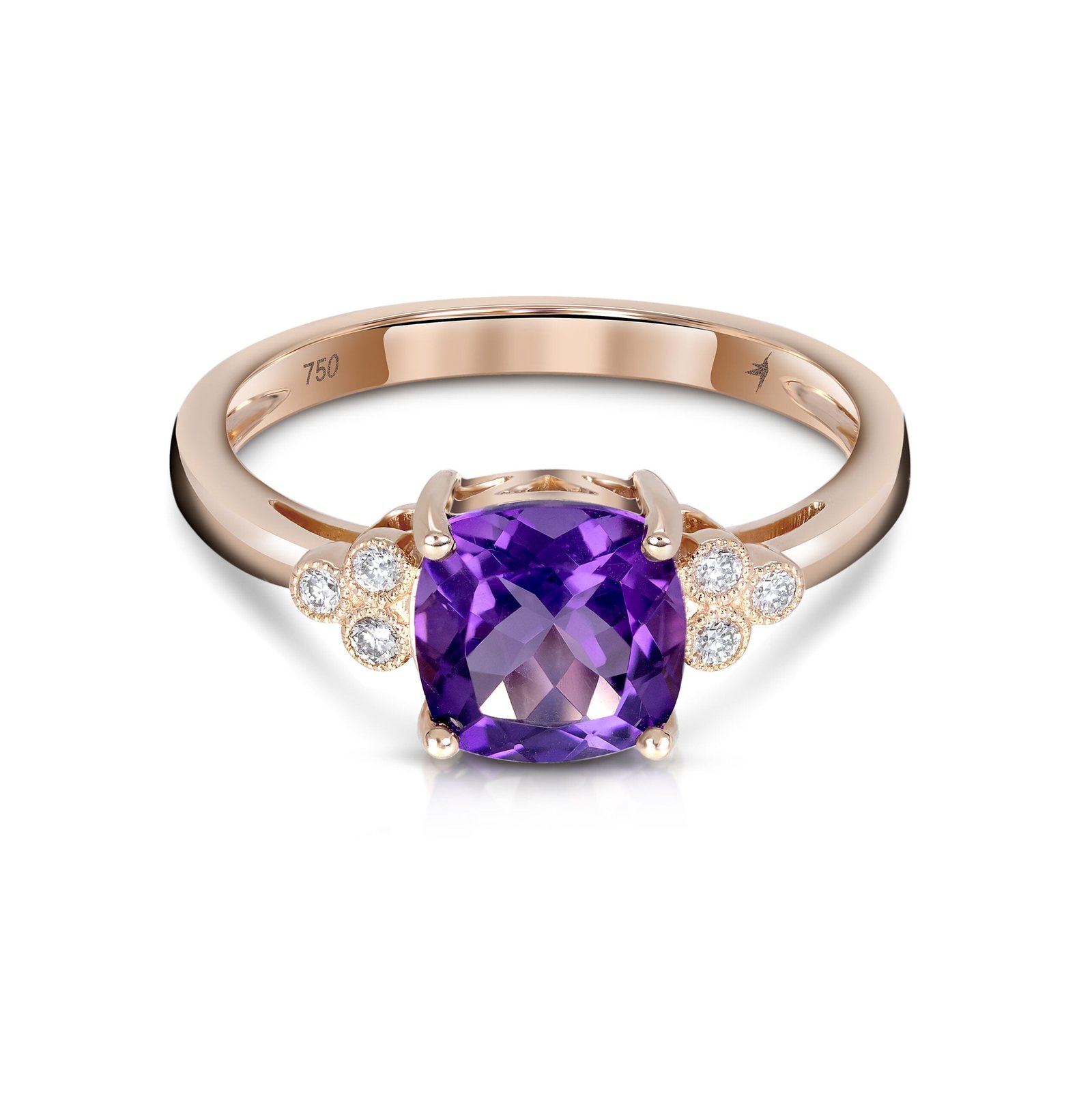

Introduction
When it comes to purchasing jewelry, whether it’s a luxurious piece or a sentimental gift, it’s essential to ensure that you are investing in genuine and authentic pieces. The market is flooded with fake or counterfeit jewelry, making it crucial for consumers to know how to identify the real deal. In this article, we will provide you with some valuable tips on how to spot fake or counterfeit jewelry.
1. Research and Educate Yourself
The first step in identifying fake or counterfeit jewelry is to educate yourself about the specific type of jewelry you are interested in. Learn about the characteristics, markings, and materials used in genuine pieces. Familiarize yourself with reputable brands and their unique features. By doing thorough research, you will be better equipped to identify potential fakes.
2. Examine the Hallmarks
Most genuine jewelry pieces have hallmarks, which are small stamps or engravings that indicate the metal content and purity. These hallmarks are typically found on the inside of rings, clasps of necklaces, or the back of earrings. Research the specific hallmarks for the type of jewelry you are examining, and compare them to the markings on the piece in question. If the hallmarks are missing, unclear, or do not match the known standards, it could be a sign of counterfeit jewelry.
3. Check the Weight and Quality
Authentic jewelry is often made with high-quality materials, such as gold, silver, or platinum. Counterfeit pieces, on the other hand, are often made with cheaper metals or alloys. One way to identify fake jewelry is by comparing its weight to that of a known genuine piece. Genuine gold, for example, has a specific weight that counterfeit gold may not match. Additionally, examine the overall quality of the piece. Look for signs of poor craftsmanship, such as rough edges, uneven surfaces, or loose gemstones.
4. Assess the Gemstones
If the jewelry piece you are examining includes gemstones, it’s crucial to evaluate their quality and authenticity. Genuine gemstones are typically more expensive and have specific characteristics that differentiate them from fake stones. Look for clear and vibrant colors, consistent patterns, and natural imperfections within the stone. Counterfeit gemstones may appear dull, have inconsistent colors, or lack the natural flaws found in genuine stones. If in doubt, consult with a gemologist or reputable jeweler for a professional opinion.
5. Seek Professional Assistance
If you are still uncertain about the authenticity of a jewelry piece, it is always wise to seek the opinion of a professional. Take the piece to a reputable jeweler or appraiser who can examine it thoroughly and provide you with an expert assessment. These professionals have the knowledge, experience, and tools necessary to identify fake or counterfeit jewelry accurately.
Conclusion
Identifying fake or counterfeit jewelry can be a challenging task, but with the right knowledge and careful examination, you can protect yourself from purchasing fraudulent pieces. Remember to research, educate yourself, and pay attention to hallmarks, weight, quality, and gemstones. When in doubt, always seek the guidance of a professional jeweler. By following these tips, you can ensure that your jewelry purchases are genuine and of the highest quality.








